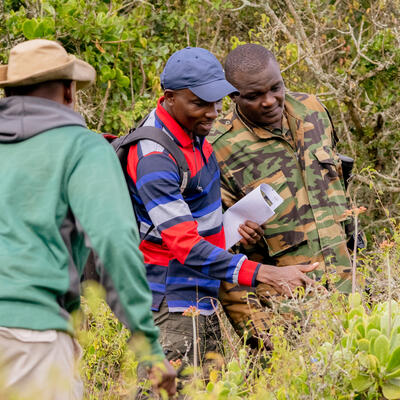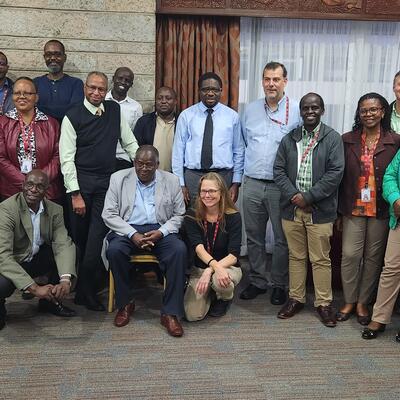
Enabling livestock based economies in Kenya to adapt to climate change: A Review of payment for ecosystem services from wildlife tourism as a climate change adaptation option
Pastoral societies are vulnerable to climate change because they inhabit drylands with repetitive drought and often have an insufficient financial buffer to absorb the shocks that droughts create. One way to adapt to this climate variability is through diversification of the income portfolio into activities less prone to drought.
This project will explore wildlife based tourism in community based conservancies as a form of adaptation to climate change. Such a source of income may potentially increase the resilience of pastoral societies to climate change. Diversification into less drought prone sources of income would increase resilience to climate variability as it reduces the variability of the otherwise highly volatile pastoral livestock dependent household incomes. Payments for environmental services (PES) are a potentially more predictable and a less drought prone source of income. Diversification of pastoral livelihoods into the delivery of PES is thus likely to increase the resilience to drought and climate change. Recently, in many parts of Kenya community based conservancies have been developed, where land is managed by pastoralists to promote both wildlife and livestock to attract tourists and generate revenue. The community based conservancy model is often highlighted for its potential to strengthen resilience of pastoral communities to climate change. However, it is unclear what the effect is on household income, and how the income generated affects the resilience to climate change. Resilience of household income to climate change also depends on equitable distribution of PES revenue, yet, there is little insight on the equity of access to benefits derived. The research will develop a framework to assess the climate change resilience effects of income diversification. It will also compile and synthesize existing data on the revenue generated from wildlife conservation, and the income situation in a number of community based conservancies. Finally, it will assess to what extent this increases resilience to drought and current climate change. The study will bring together researchers with expertise in development economics and ecosystem services respectively from ILRI, the University of Hohenheim (Stuttgart) and the Leibniz-Centre for Agricultural Landscape Research (ZALF) in Müncheberg. The project objectives are: 1. To enrich the debate on appropriate models for adaptation to climate change and dryland development in wildlife rich ecosystems of Eastern and Southern Africa. 2. To identify viable adaptation methods and thus help the government to refine its climate change response strategy. 3. To contribute to formulation of positions for the international climate change negotiations especially in relation to areas for which Kenya would like to seek support from climate change adaptation funds.

















